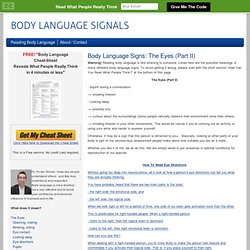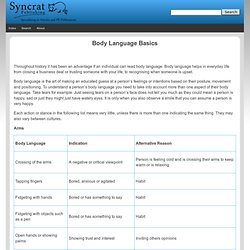

Pink. Psychological ("personality") Types. Psychological ("personality") Types According to Jung's theory of Psychological Types we are all different in fundamental ways.

One's ability to process different information is limited by their particular type. These types are sixteen. People can be either Extroverts or Introverts, depending on the direction of their activity ; Thinking, Feeling, Sensing, Intuitive, according to their own information pathways; Judging or Perceiving, depending on the method in which they process received information. Extroverts vs. Extroverts are directed towards the objective world whereas Introverts are directed towards the subjective world. Sensing vs. Sensing is an ability to deal with information on the basis of its physical qualities and its affection by other information. Thinking vs. Thinking is an ability to deal with information on the basis of its structure and its function. Perceiving vs. Perceiving types are motivated into activity by the changes in a situation.
ENTp , ISFp , ESFj , INTj , ENFj. 47 Mind-Blowing Psychological Facts You Should Know About Yourself. I’ve decided to start a series called 100 Things You Should Know about People.

As in: 100 things you should know if you are going to design an effective and persuasive website, web application or software application. Or maybe just 100 things that everyone should know about humans! The order that I’ll present these 100 things is going to be pretty random. So the fact that this first one is first doesn’t mean that’s it’s the most important.. just that it came to mind first. Dr. <div class="slide-intro-bottom"><a href=" class="sl-start"> »</a></div> 10 Psychological States You've Never Heard Of... and When You Experienced Them.
How to Read Body Language to Reveal the Underlying Truth in Almost Any Situation. "Force Quit" Yourself to Get Your Sleep Schedule Back on Track and Avoid Another Day of Fatigue. Your body has to receive triggers as to when it is day & night for your body clock run on.

If you shifted continents, you'd still want to stay up later, faking the day/night cues for your body works. Basically, this means if you have DSPD, having the lights on at night is a killer, which is the opposite of what I want, because I don't want to switch them off when I'm feeling wide awake. But, the lights on are exactly what makes my body think it's still day/early evening etc. There's a theory that a good portion of DSPD people are just more sensitive to artificial lighting than everyone else. Monitors are especially bad with the blue light. Wearing amber sunglasses from early evening onwards helps me, melanon, and bright lights that switch on about an hour before I get up in the morning. Oh, and I figured out a work-around for the weekend sleep-in.
And I do have to use 'force quitting' in the evening. Body Language Signals: Eye Directions, Pupils. Warning!

Reading body language is like listening to someone. Listed here are the possible meanings of many different body language signs. To avoid getting it wrong, please start with the short section “How Can You Read What People Think?” At the bottom of this page. The Eyes (Part II) - Squint during a conversation –> showing interest - Looking away –> possibly shy –> curious about the surroundings (some people naturally observe their environment more than others) –> showing interest in your other movements. Otherwise, it may be a sign that this person is attracted to you… Basically, looking at other parts of your body is part of the unconscious assessment people make about how suitable you are as a mate… Whether you like it or not, we all do this. Body Language Basics - Syncrat Publishing.
Throughout history it has been an advantage if an individual can read body language.

Body language helps in everyday life from closing a business deal or trusting someone with your life, to recognising when someone is upset. Body language is the art of making an educated guess at a person’s feelings or intentions based on their posture, movement and positioning. To understand a person’s body language you need to take into account more than one aspect of their body language. Take tears for example. Just seeing tears on a person’s face does not tell you much as they could mean a person is happy, sad or just they might just have watery eyes. Each action or stance in the following list means very little, unless there is more than one indicating the same thing. Arms Feet Head Chest Other.